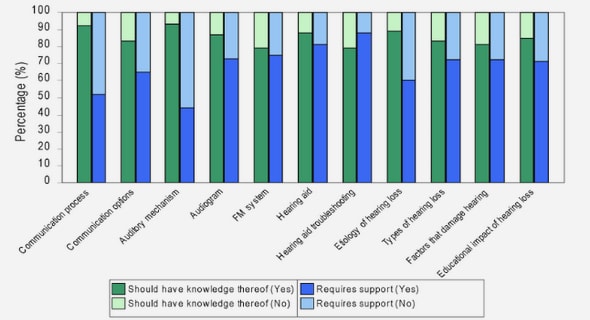(Downloads - 0)
For more info about our services contact : help@bestpfe.com
Table of contents
Introduction
I.1. Generality
I.1.1. Selective laser melting of additive manufacturing
I.1.2. High cycle fatigue
I.1.3. Stainless steel 316L
I.2. The state-of-the-art research about fatigue behavior of SLM SS 316L
I.2.1. Effect of surface finish
I.2.2. Effect of heat treatment
I.2.3. Effect of building direction
I.2.4. Effect of processing parameters
I.2.5. Discussion
I.3. Summary
Syntheses
II.1. Specimens elaboration
II.1.1. Powder characterization
II.1.2. Fabrication of specimens
II.1.3. Heat treatment
II.2. Microstructural characterization
II.2.1. Macrostructure of the SLM SS 316L
II.2.2. Microstructure of the SLM SS 316L
II.2.3. Grain morphology and Crystallographic texture
II.3. Inherent defect characterization
II.3.1. Surface state characterization
II.3.2. Porosity characterization
II.4. Mechanical behavior
II.4.1. Hardness
II.4.2. Monotonic tensile test
II.4.3. Cyclic tensile test
II.5. Conclusions
Syntheses
III.1. Experimental fatigue test set-ups and conditions
III.1.1. Tensile fatigue tests
III.1.2. Bending and torsional fatigue tests
III.1.3. Surface preparation
III.2. Fatigue strength results and analysis
III.2.1. S-N curves
III.2.2. Effect of the surface state
III.2.3. Effect of loading type
III.2.4. Discussion
III.3. Fractographic analysis
III.3.1. Bending samples
III.3.2. Torsion samples
III.3.3. Summary
III.4. Correlation between defect size and HCF strength
III.4.1. Defect measurement
III.4.2. Kitagawa-Takahashi diagram
III.5. Conclusions
Syntheses
IV.1. Microstructure sensitive modeling framework for defective materials
IV.2. Explicit microstructure model and fatigue prediction approach
IV.2.1. Finite element model
IV.2.2. Material constitutive laws and fatigue approach
IV.3. Results
IV.3.1. Application and evaluation of non-local method based on experimental results
IV.3.2. Further investigation of the non-local method on the microstructure effect
IV.4. Conclusions
Synthesis
V.1. Preparatory investigations on the modeling of SLM steel 316L
V.1.1. Crystallographic orientation & grain morphology
V.1.2. Surface roughness & Pores
V.2. Modeling configurations
V.2.1. Design of geometrical models
V.2.2. Constitutive models
V.2.3. Loading condition
V.2.4. Fatigue criteria
V.3. Fatigue simulations of smooth models
V.3.1. Discussion on the experimental reference for simulation
V.3.2. Statistical method for microstructural heterogeneity
V.3.3. Investigations on R*
V.4. Fatigue simulations using models with roughness and defects
V.4.1. Models with artificial semi-ellipsoidal defects
V.4.2. Models with roughness
V.4.3. Models containing artificial defect and roughness
V.5. Role of plasticity in fatigue simulation
V.5.1. Comparisons between elastic and plastic constitutive models in smooth models
V.5.2. Comparisons between elastic and plastic predictions in defective models
V.5.3. Summary
V.6. Conclusions
Syntheses
Conclusions and prospects
References


